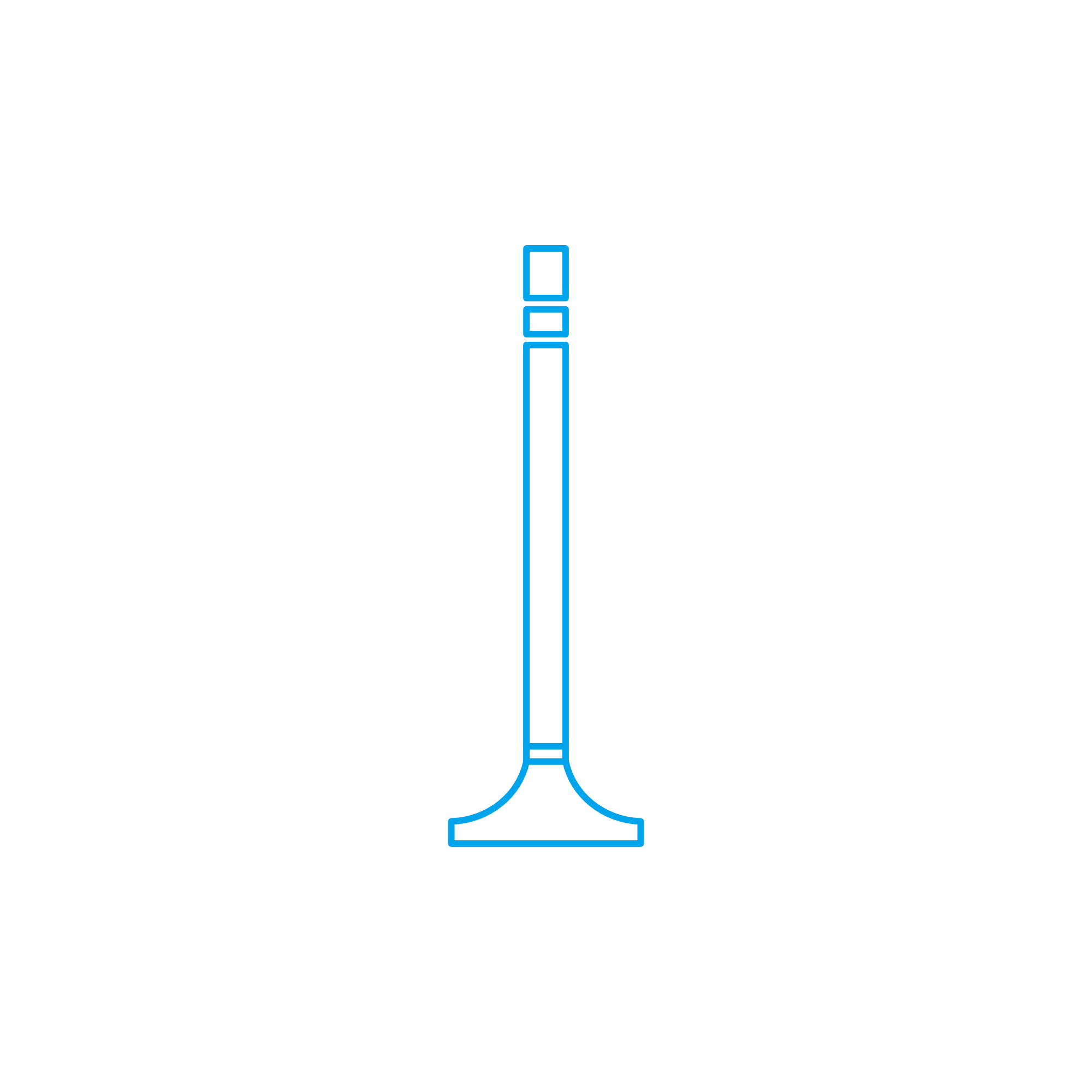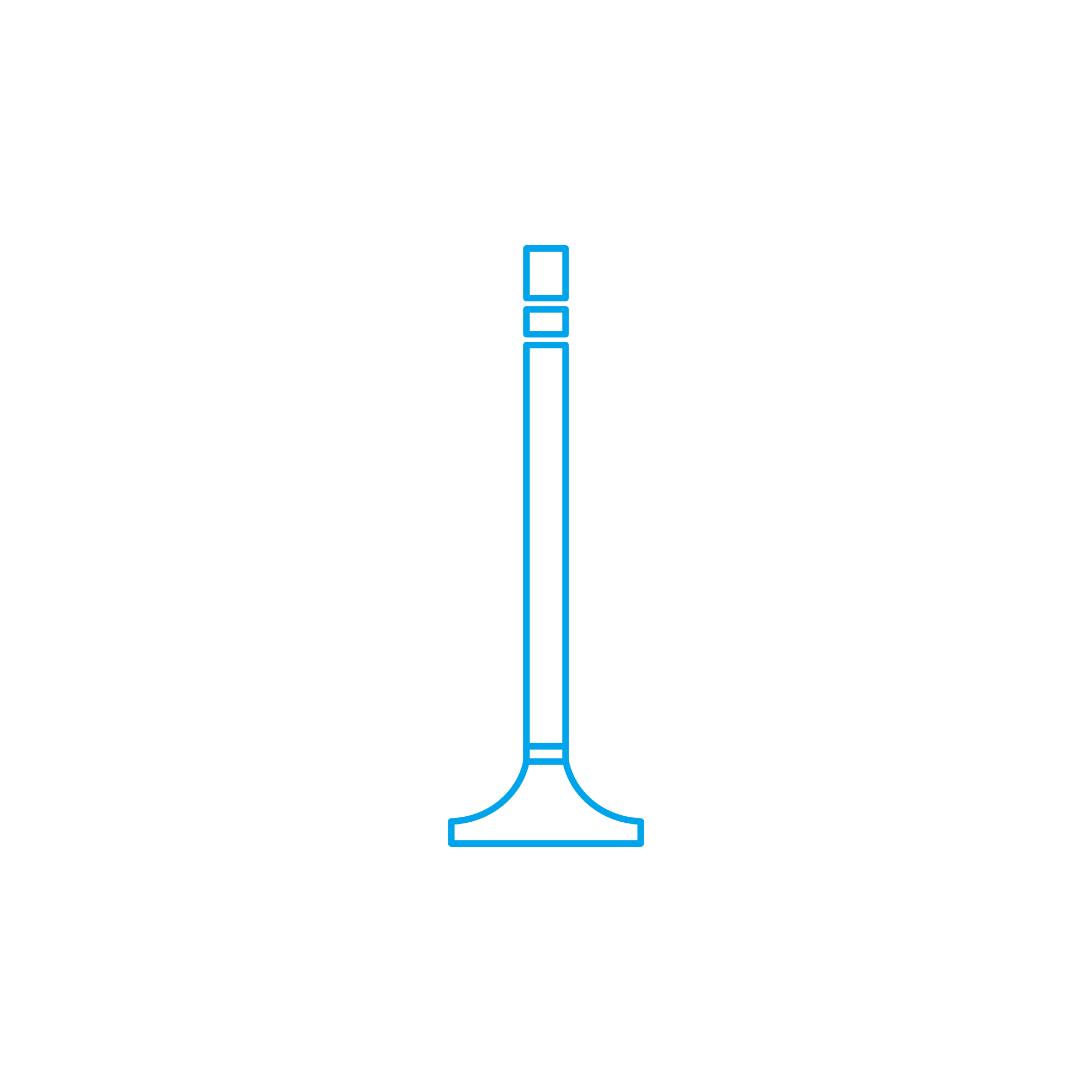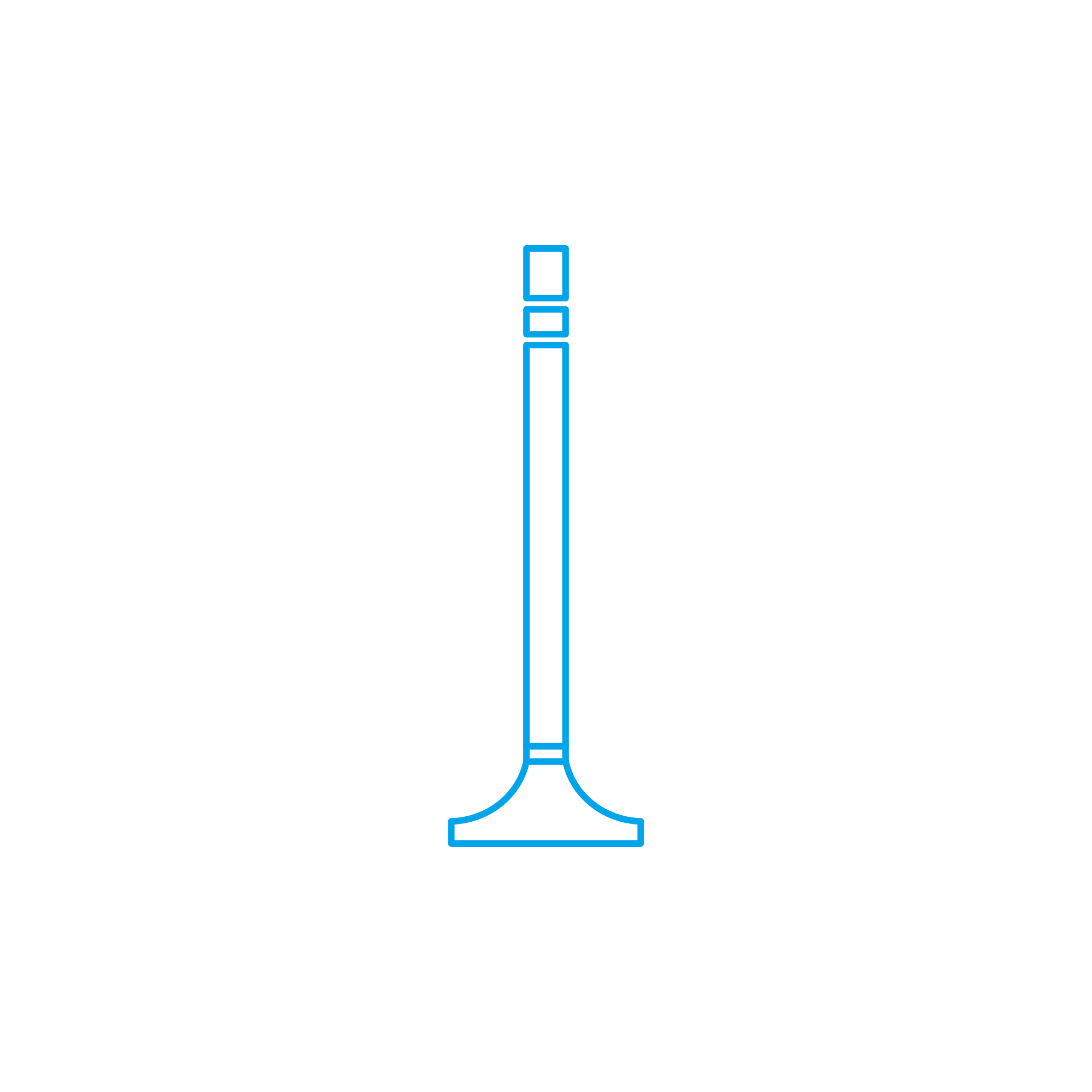INLET/EXHAUST VALVE – Valves for marine and industrial engines
Valves are precision gas-exchange components that control how fresh charge enters and exhaust gases leave the combustion chamber. As a core interface between the cylinder head and the combustion process, they determine sealing quality, timing, and flow—making them indispensable to every high-duty engine. Within this article category, Valves cover all intake and exhaust variants used across four‑stroke and two‑stroke designs, from compact genset units to large-bore marine engine platforms.
In marine propulsion and power generation, Valves must withstand extreme thermal, mechanical, and chemical loads over long operating intervals. The INLET/EXHAUST VALVE operates in a harsh environment: the inlet side is optimized for flow and volumetric efficiency, while the exhaust side endures high temperatures, hot corrosion, and pressure pulsations. Correct specification and condition of these components directly impacts fuel consumption, emissions, output, and uptime.
INLET/EXHAUST VALVE function in a diesel engine or marine engine
In a four-stroke diesel engine, the camshaft (or cam follower system) actuates each INLET/EXHAUST VALVE to open and close at precise crank angles. The inlet valve admits air—or air/fuel mixture in gas engines—maximizing cylinder filling and swirl to support efficient combustion. The exhaust valve opens to discharge spent gases, safeguarding turbocharger performance and preventing residual gas that would reduce oxygen availability in the next cycle. Two-stroke low-speed marine engines often use an exhaust poppet valve in the cylinder cover and scavenge ports in the liner; here, exhaust valve timing is critical to proper scavenging and turbocharger matching.
Sealing is achieved by the valve face and seat interface, while guidance and heat transfer rely on the stem-to-guide clearance and lubricated contact. The valve spring, retainer, and collets ensure rapid seating without bounce, preserving compression and avoiding mechanical overload. Modern exhaust valves frequently employ sodium-filled stems for internal cooling and hardfaced seats (e.g., stellite) to resist hot corrosion and wear. Intake valves typically use martensitic or nitrided steels for strength and scuff resistance.
- · High sealing integrity for stable compression and combustion.
- · Optimized flow geometry to boost volumetric efficiency.
- · Heat-resistant materials for exhaust-side durability.
- · Precision stem/guide pairing for minimal wear and stable timing.
- · Surface treatments (nitriding, chrome) to reduce scuffing and corrosion.
- · Robust springs/rotators to prevent bounce and maintain seat contact.
- · Compatible with turbocharger and cam profile requirements.
Where engines run on heavy fuel or dual fuel, the INLET/EXHAUST VALVE for a marine engine experiences elevated vanadium/sulfur attack and deposit-induced hot spots—making exact metallurgy and seat geometry essential. In high-BMEP four-stroke platforms, even minor deviations in valve timing or lift cascade into higher smoke, EGT rise, and turbo surge margins narrowing.
Materials and design features of INLET/EXHAUST VALVE OEM parts
Intake valves are commonly produced from martensitic chromium steels with hardened faces for seat life. Exhaust valves leverage austenitic alloys (e.g., Nimonic or Inconel-class materials) with cobalt-based hardfacing to resist hot corrosion and erosion. Sodium filling enhances heat conduction from the head to the stem and into the guide, lowering head temperature. Seats and guides use tailored alloys—often with cast or inserted seats and precision-finished guides—to achieve correct heat rejection and wear patterns. Correct face width and seat angle (e.g., 45°/30° spreads) balance sealing and cooling, while controlled stem finish minimizes oil consumption and sticking.
Why Valves are critical for reliability, efficiency, and safety
Valves are central to compression, power, and emissions. Seat recession, tuliping, or face burning leads to compression loss, misfire, poor cold starts, and fuel consumption increase. Excessive stem/guide wear elevates oil carryover, fouls the turbocharger and SCR/DPF systems, and accelerates deposit formation in the combustion chamber. Sticking or slow-closing valves can cause piston contact, catastrophic head damage, or broken rockers. Thermal fatigue and hot corrosion on the exhaust side raise the risk of failure during high-load operation. Routine inspections—lash checks, seat contact pattern verification, and boroscope analysis—are vital to extend the service interval and protect major components.
Advantages of OEM spare parts suitable for Valves and the INLET/EXHAUST VALVE
Factory-spec OEM spare parts for the INLET/EXHAUST VALVE secure the performance envelope intended by the engine designer. Tolerances on stem diameter, roundness, and surface finish ensure proper oil control and heat transfer. Seat angles and face widths match cylinder-head geometry, yielding consistent sealing and temperature distribution. Correct alloy selection and heat treatment deliver predictable creep strength and hot-corrosion resistance—especially important for long-stroke marine diesel engine duty cycles.
From a lifecycle perspective, precise drop-in fit and verified material traceability reduce installation time, limit bedding-in issues, and protect adjacent components such as seats, guides, springs, and rotators. The result is stable compression, lower SFOC, and extended overhaul intervals, all while maintaining emissions compliance and minimizing unplanned downtime.
MOPA – your partner for Valves and INLET/EXHAUST VALVE OEM parts
MOPA supports purchasers, shipowners, and technical managers with rapid sourcing and reliable delivery of OEM parts for diesel and gas engines. Our portfolio covers complete Valves assemblies and related components—seats, guides, springs, rotators, retainers, and seals—suitable for major marine engine platforms. We prioritize speed through efficient logistics, quality through vetted manufacturers and inspection routines, and security in every transaction and shipment.
Whether you need an INLET/EXHAUST VALVE OEM parts set for a four-stroke generator or a high-temperature exhaust valve solution for a low-speed marine engine, MOPA provides technical clarity, documentation, and dependable lead times. This combination safeguards your maintenance plan and keeps assets on-hire.
Conclusion: INLET/EXHAUST VALVE Valves for dependable engine operation
Valves—and especially the INLET/EXHAUST VALVE—are fundamental to engine sealing, airflow, and thermal stability, directly influencing power, fuel efficiency, and emissions. Selecting and maintaining the correct components preserves reliability and prevents costly secondary damage. With OEM spare parts suitable for Valves and dedicated support from MOPA, operators secure performance, predictability, and long service life across diesel and gas engine fleets.





